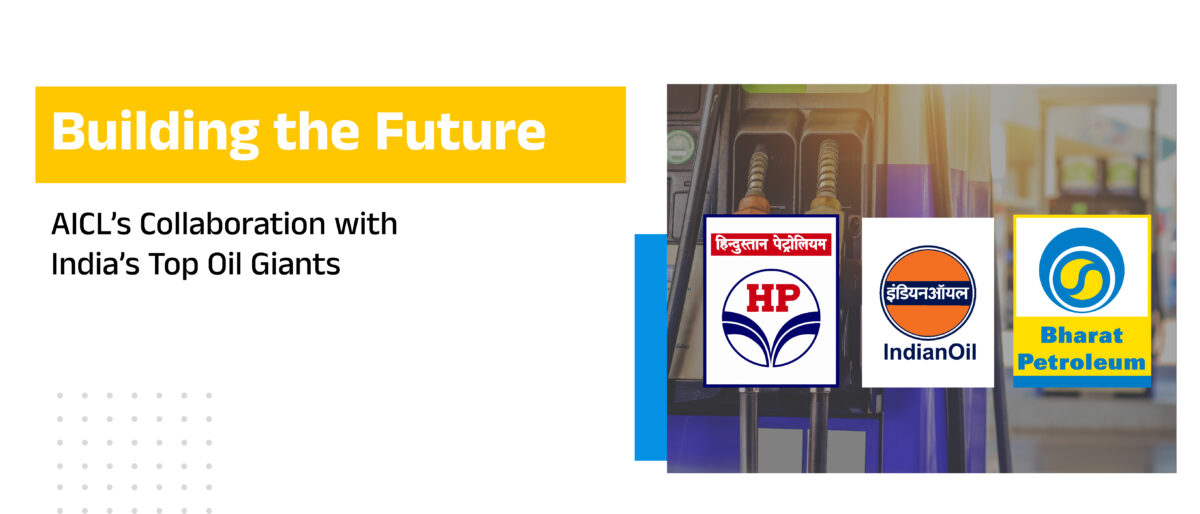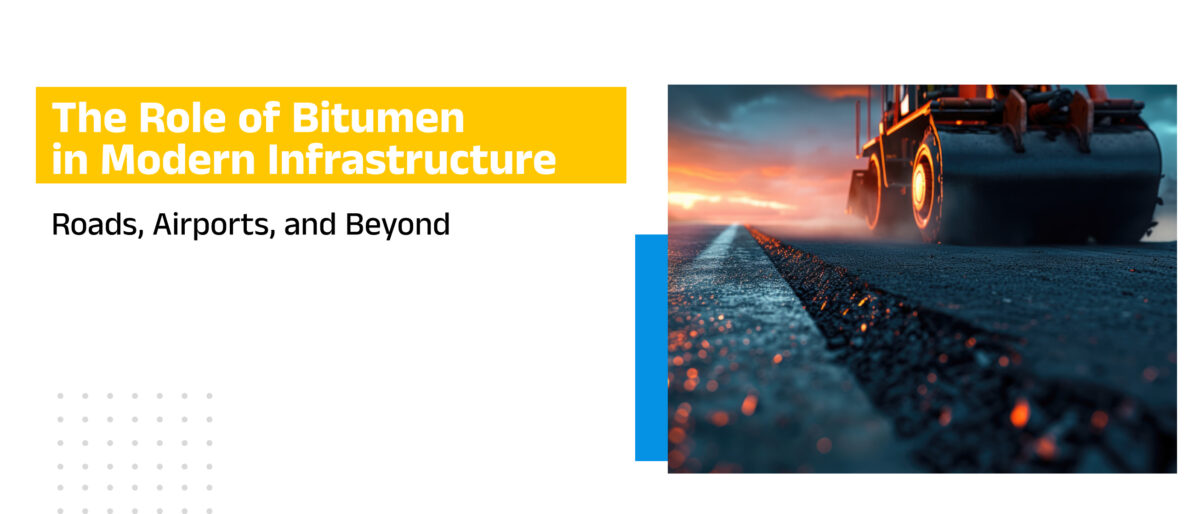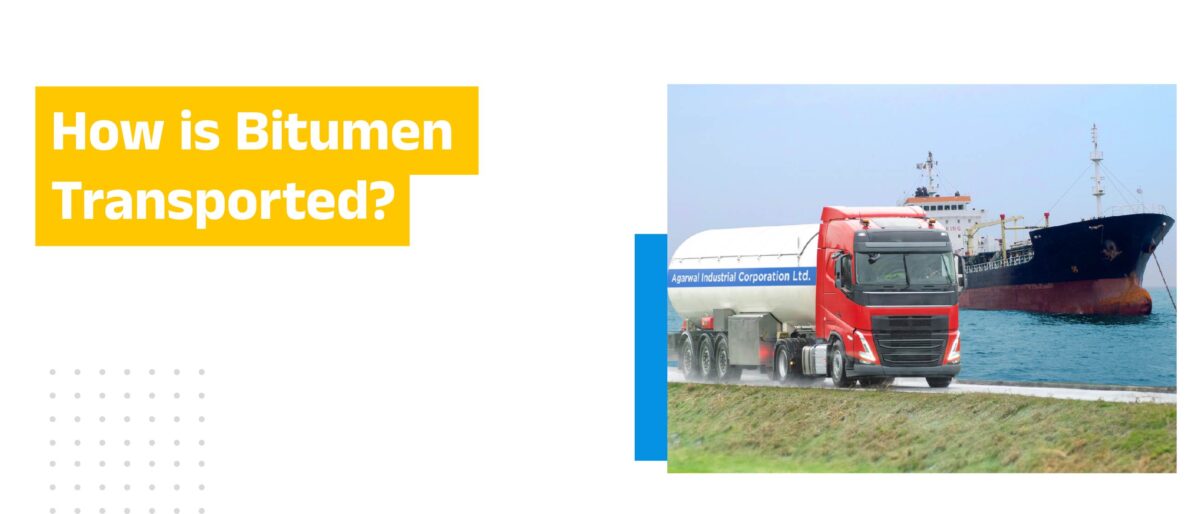Introduction
Bitumen is the lifeline of modern infrastructure. From roads and highways to waterproofing and roofing, its applications are widespread and critical. But not all bitumen is created equal. Choosing the right type can significantly impact performance, longevity, and cost-efficiency. Whether you’re a contractor, engineer, or project owner, understanding the types of bitumen and the role of bitumen manufacturers can make a major difference in your project’s outcome.
VG vs. CRMB – Composition & Key Differences
Two of the most commonly used types of bitumen are Viscosity Grade (VG) and Crumb Rubber Modified Bitumen (CRMB). Each serves specific needs and is designed with a different set of performance goals in mind.
Viscosity Grade (VG) Bitumen
VG Bitumen is classified based on its viscosity – the resistance to flow. The common types include VG-10, VG-20, VG-30, and VG-40. VG-10 is suitable for cold climates and spraying applications. VG-30 is commonly used in road construction, especially in areas experiencing moderate to heavy traffic.
The advantage of VG bitumen lies in its consistent quality and ease of handling. It offers better workability and resistance to water damage, which makes it a preferred choice for many road construction projects in India and abroad.
Crumb Rubber Modified Bitumen (CRMB)
CRMB is a high-performance bitumen modified by adding crumb rubber from recycled tires. This type of bitumen is more elastic and offers superior resistance to deformation, cracking, and aging.
CRMB is particularly suitable for roads that experience extreme weather variations or high traffic loads. Its elasticity allows roads to absorb shocks better, reducing wear and tear over time. However, its handling and application require greater care and specific expertise.
Factors to Consider When Choosing Bitumen
Selecting the right bitumen isn’t as simple as picking one from a catalog. Several factors influence the decision:
1. Climate Conditions
Hot and humid climates demand bitumen that can withstand high temperatures without bleeding. VG-30 and CRMB are better suited for such conditions. In colder areas, VG-10 works well due to its lower viscosity.
2. Traffic Load
The volume and weight of traffic significantly impact the choice. For expressways or national highways with heavy commercial vehicles, CRMB offers better durability. VG-40 is also preferred for such conditions due to its high stiffness.
3. Surface Type and Usage
If the pavement is expected to experience frequent expansion and contraction, a more elastic binder like CRMB is ideal. For municipal or rural roads, VG-20 or VG-30 may be sufficient and more economical.
4. Environmental Impact
Using CRMB helps recycle used tires, making it an eco-friendlier option. Sustainability-conscious projects may prefer this variant for its green benefits.
5. Budget Constraints
While CRMB provides superior performance, it is more expensive and requires specialized equipment. VG bitumen, being more commonly available and cost-effective, suits projects with tight budgets.
Role of Bitumen Manufacturers & Suppliers
The quality of the bitumen you choose is only as good as the bitumen manufacturers and suppliers behind it. Trusted manufacturers not only provide a consistent product but also ensure it meets national and international standards.
Why Manufacturer Matters:
Quality Assurance: Reputable bitumen manufacturers follow strict quality control measures. They ensure the right viscosity, penetration values, and softening points for every batch.
Innovation: Leading suppliers are constantly innovating by improving the quality of modified bitumen like CRMB, PMB (Polymer Modified Bitumen), and emulsions.
Timely Supply: Infrastructure projects run on tight schedules. Reliable suppliers ensure timely delivery, reducing downtime.
Technical Support: Good manufacturers don’t just sell bitumen; they partner with you. They provide technical assistance during application and even help optimize the use of bitumen for specific project needs.
Conclusion
Bitumen selection is not a one-size-fits-all decision. The type of bitumen you choose—VG or CRMB—should align with your project’s location, traffic load, and performance expectations. And just as important as the product is the partner behind it. Working with reputable bitumen manufacturers ensures that you’re not only getting the right grade but also the right support and quality assurance to complete your project successfully.
In a world that’s moving towards sustainable and long-lasting infrastructure, making informed choices in construction materials—starting with bitumen—can set the foundation for success. Whether it’s a highway, runway, or a township road, the right bitumen, backed by a trusted manufacturer, is the first step toward durability and efficiency.








